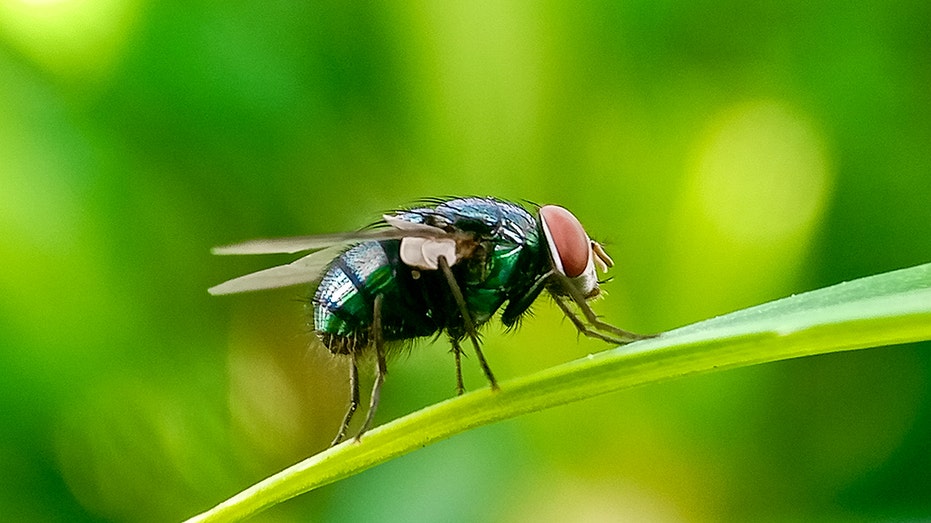Flesh-Eating Screwworm Threat Triggers U.S. Livestock Import Ban

Sarah Johnson
May 19, 2025
Brief
New World Screwworm outbreak in Mexico prompts U.S. to halt livestock imports, citing risks to cattle and human health from flesh-eating larvae.
A menacing pest, the New World Screwworm (NWS) fly, once eradicated from the U.S. in 1966, is back on the radar after a recent outbreak in Mexico. This parasitic fly, notorious for its flesh-eating larvae, poses a severe threat to livestock and, in rare cases, humans, prompting swift action from U.S. authorities.
Border Shutdown to Protect Livestock
On Sunday, USDA Secretary Brooke Rollins announced an immediate suspension of cattle, horse, and bison imports across southern U.S. border ports. "The last time this pest invaded, it crippled our cattle industry for decades," Rollins stated on X. The move aims to shield American agriculture from a repeat of the devastating losses seen in the mid-20th century, when NWS cost southwestern livestock producers up to $100 million annually.
A Gruesome Parasite
Native to parts of South America and the Caribbean, the NWS fly targets warm-blooded hosts like cattle and horses. Female flies lay eggs in open wounds or orifices, and the hatching larvae burrow into flesh, causing excruciating damage. The CDC warns that humans, particularly those with open sores or compromised immune systems, are also at risk of painful infestations known as myiasis. The larvae’s screw-like burrowing, which tears tissue with sharp mouth hooks, can enlarge wounds and attract more flies, creating a vicious cycle.
Human Health Concerns
While rare, human cases are a concern for travelers to endemic areas like Cuba or Haiti, especially those spending time near livestock or sleeping outdoors. The immunocompromised, elderly, young, or malnourished face higher risks, as do those with recent surgical wounds. The USDA warns that an outbreak could endanger pets, wildlife, and humans alike, with potentially fatal consequences.
A Costly History and Ongoing Vigilance
The U.S. successfully eradicated NWS in 1966, but a 2016 outbreak in the Florida Keys, confined to endangered deer, served as a reminder of its persistence. Contained by 2017, that incident underscored the need for vigilance. With Mexico’s recent outbreak, the USDA is doubling down to prevent a re-invasion that could devastate agriculture and public health.
Topics
Editor's Comments
This screwworm saga is like a horror flick where the villain keeps crawling back. Why do these flies have a better comeback story than most pop stars? Jokes aside, the real sting is the potential hit to farmers—$100 million in losses back in the day is no small change. And humans getting infested? That’s a plot twist nobody wants. Here’s hoping the USDA’s border slam keeps these creepy crawlies south of the Rio Grande.
Like this article? Share it with your friends!
If you find this article interesting, feel free to share it with your friends!
Thank you for your support! Sharing is the greatest encouragement for us.



